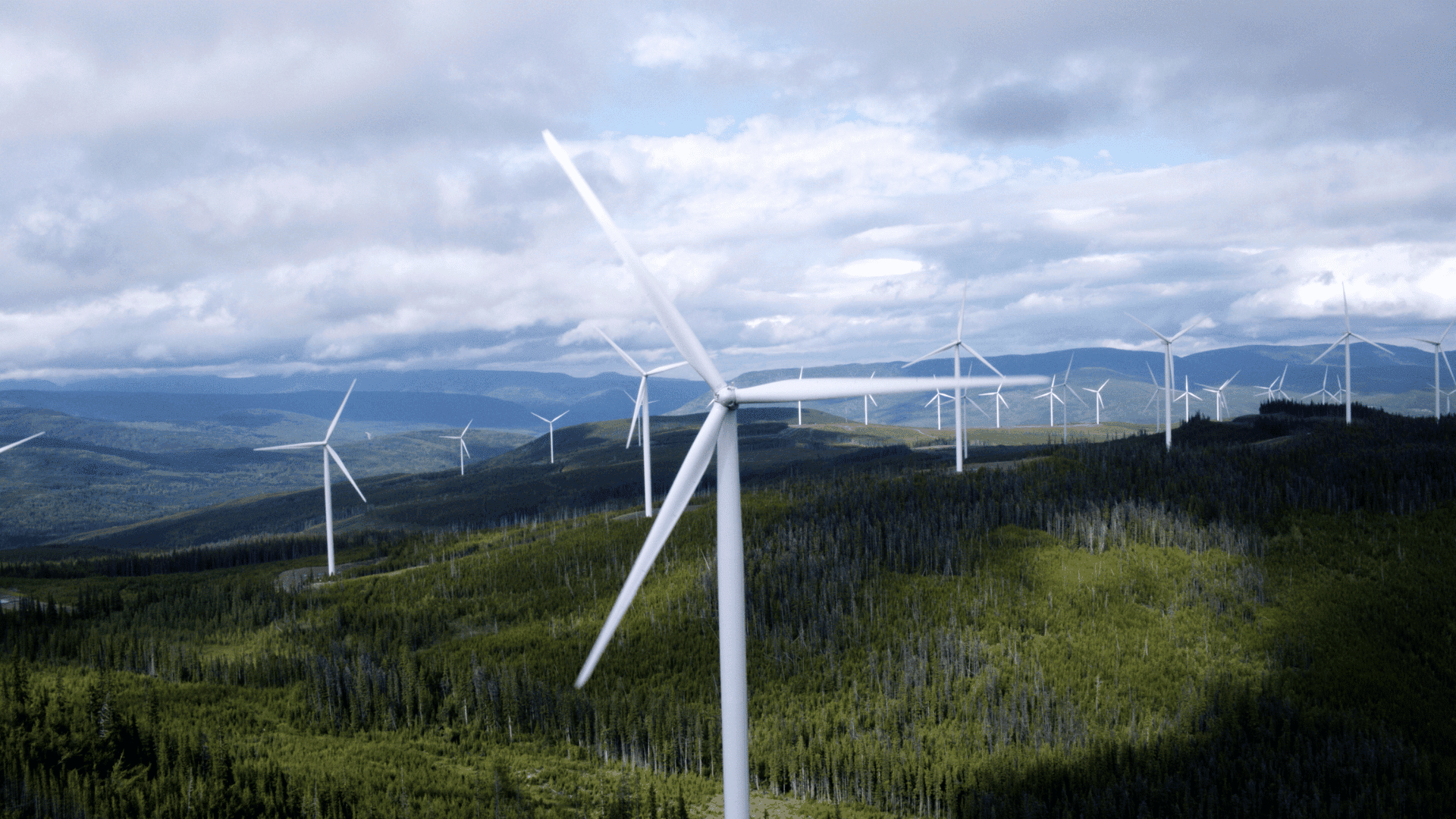SSAB scientists and engineers announced the achievement of the world’s first near-zero CO2 steel. The technical breakthrough utilizes hydrogen-reduced iron from HYBRIT® technology. The product is called SSAB Zero. According to engineers, it officially met the strict near-zero steel thresholds set by the International Energy Agency (IEA) and the First Movers Coalition (FMC).
This near-zero steel will be deployed in GE Vernova’s onshore wind towers across the United States.
Going Green With Near-Zero Steel

SSAB Zero steel is commercially available and produced at the company’s Montpelier, Iowa, facility. According to SSAB, the manufacturing process initially relied on recycled scrap metal, fossil-free electricity, biocoal, and renewable natural gas. However, a crucial new update integrated hydrogen-reduced iron into the process.
Engineers explain that this integration elevates the material to meet the near-zero emissions requirements. In addition, it marks a critical milestone in reducing emissions from the historically carbon-heavy steel industry.
SSAB and GE Vernova are members of the FMC. Utilizing SSAB Zero steel contributes to GE Vernoca’s steel purchasing commitments within the coalition.
“This technical breakthrough represents our market leadership,” said Chuck Schmitt, President, SSAB Americas. “SSAB Zero gives our customers confidence that they’re not compromising on quality while advancing their sustainability goals.”
The two companies share the same mission. This partnership is a direct application.
“GE Vernova and SSAB have a shared focus on innovation,” said Guy Lynch, VP of Wind Sourcing and Sustainability for GE Vernova. “This verified near-zero emissions steel supports our mission to electrify to thrive and decarbonize the world.”
Noam Boussidan, FMC Programme Head, praised the coalition’s success. He said, “The First Movers Coalition is encouraged to see two member companies achieve a commercialized solution for steel decarbonization. SSAB’s achievement demonstrates industry transformation, and GE Vernova’s procurement leadership accelerates the impact.”
Engineers say SSAB Zero goes beyond wind energy.
They say it’s designed for a broad range of end-use applications, including automotive, mining, agriculture, construction, heavy equipment, and transportation. The team hopes that their development could help create a greener future for materials across the industrial landscape.







